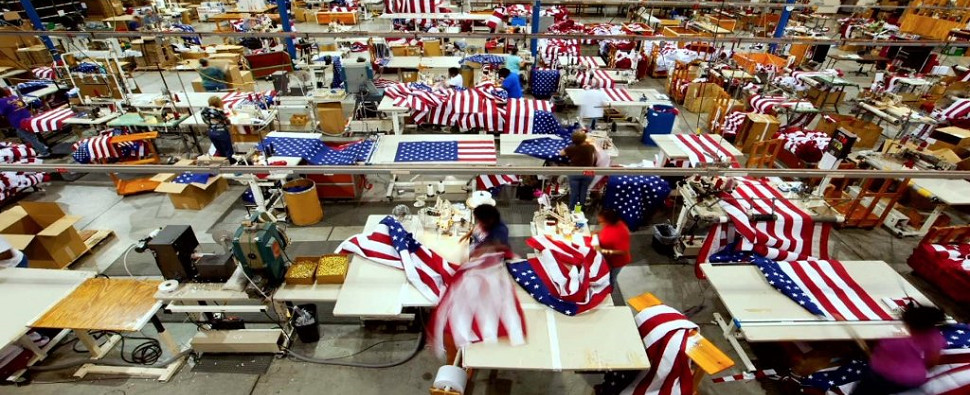
US manufacturing faces possible pitfalls and severe declines, says report

The US manufacturing sector faces numerous possible pitfalls and some risk of severe declines, according to a new report by Creditsafe USA.
The in-depth analysis of the US manufacturing industry says that, despite recent overall consistent performance, there are “several areas of concern” across the entire sector. In particular, the rate of bankruptcy signaling the possibility of an industry slowdown.
With the manufacturing industry being the largest area of employment in the US, any decline could have a “catastrophic effect” on the overall US economy, says Creditsafe.
The Creditsafe guide, US Manufacturing – Globalization, Automation and Robotization, looks at the overall credit risk for US companies within the manufacturing sector.
According to data from the Bureau of Economic Analysis, the manufacturing sector is the largest in the United States with approximately 600,000 actively traded companies.
Representing 16.35 per cent of all companies in the country, it is the biggest sector for both the number of people employed and annual sales revenue. In 2016, US manufacturers contributed $2.18 trillion to the US economy, representing 11.7 per cent of the overall GDP.
Matthew Debbage, CEO of Creditsafe USA and Asia, says: “Although the manufacturing industry currently appears to be healthy, there may be signs that this strength may be short lived.
“The biggest indicator lies in the number of bankruptcies, with an overall bankruptcy rate of 0.34 per cent. While this has improved in recent years, it is still higher than the overall national average.
“In addition, this industry faces increasing pressures with competition from lower cost off shore importers, increasing cost of raw materials. Recent bankruptcy filings by companies such as Kansas City-based CST Industries and Georgia-based manufacturer of solar cells – Suniva, underscore the potential future for this sector.”
Some key figures the report highlights include:
- US manufacturing industry is the single largest contributor to the country’s GDP accounting for 11.7 per cent in 2016 which totaled $2.18 trillion.
- Small companies – those with less than 100 employees – comprise 94.48 per cent of the sector as compared to 94.82 per cent of all US businesses .
- Majority of US manufacturing businesses have been in existence longer than those in other industries with more than 23.88 per cent operating for two to five years as compared to only 2.32 per cent nationally.
- From 2012-2015, there was a 35 per cent decrease in the number of bankruptcies within the manufacturing sector but the overall bankruptcy rate significantly higher than that of all other US businesses.
- The manufacturing industry ranks third in the highest number of bankruptcies per 100,000 companies with 362, following behind construction with 459 and other services at 412.
Debbage says: “Having nearly double the number of subcategories of its nearest rivals – wholesale and retail – the manufacturing industry is the most diverse of all the industry categories, ranging from pet food to electronic good manufacturers.
“This sector includes some of the largest companies in the world such as US Steel Corporation, General Motors and The Ford Motor Company, as well as many thousands of smaller ones.
“The sheer size and nature of this industry makes it extremely vulnerable to many external market forces. It is a sector that needs to be closely monitored, as it poses a significant risk to the health of overall US economy if there is continued decline.”


